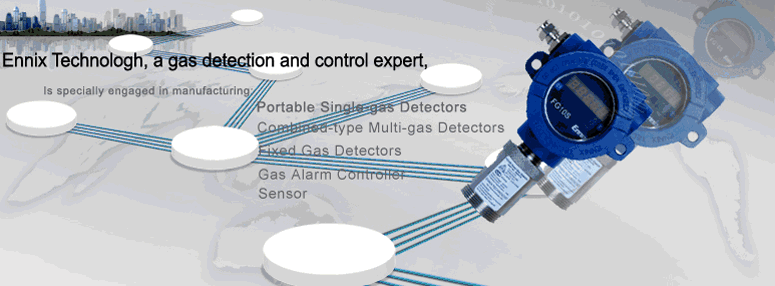Ammonia - NH3
Hazard: Flammable - Difficult to burn, LEL 15%
Classification: Health - Extremely toxic
Synonyms: Anhydrous ammonia, aqua ammonia, aqueous ammonia
Exposure limits: (OSHA) PEL\TWA: 50 ppm
(ACGIH) STEL: 35 ppm/ 15 min.
(OSHA) IDLH: 500 ppm / 30 min.
Industries: Fertilizer plants, poultry farms, food processing, refrigeration, chemplants
Ammonia is a widely used chemical that can be found in a variety of common industrial environments. It is a colorless gas with a pungent suffocating odor. Ammonia is characterized as a flammable although it is very difficult to ignite. When exposed to heat, an ammonia solution will decompose to form ammonia gas and oxides of nitrogen, (NOx). Ammonia is an irritant and will become extremely irritating as concentrations increase.
Effects of Various NH3 Levels
Ammonia Level in PPM Resulting Conditions on Humans
0-25 Minor irritation of the eyes and respiratory tract.
25 Permissible Exposure Limit (OSHA)
50-100 Swelling of the eyelids, conjunctivitis, vomiting, irritation of the throat.
100-500 Concentrations are dangerously high, irritation becomes more intense. Death can result from highly concentrated, prolonged exposure.
|


